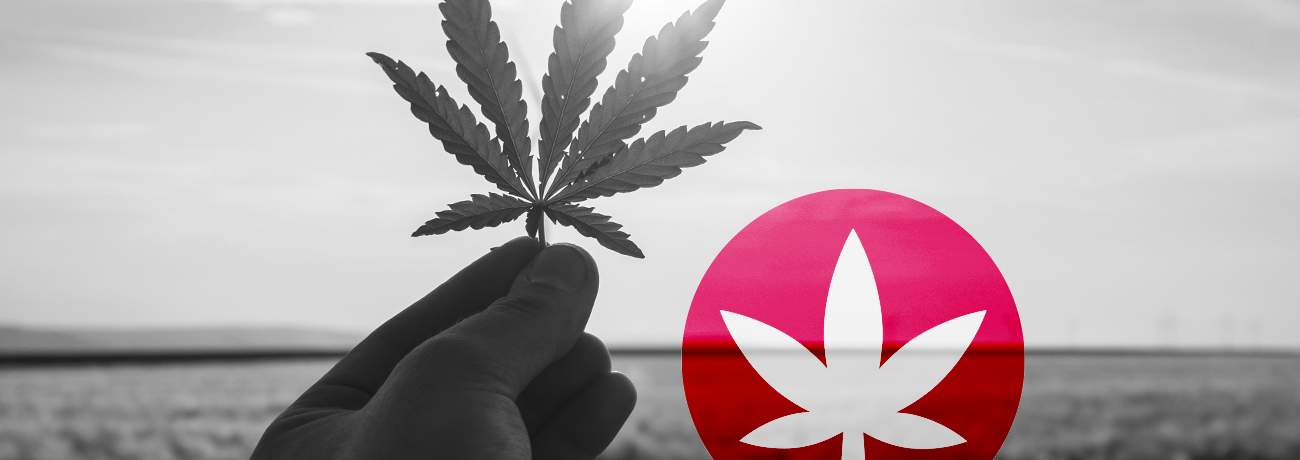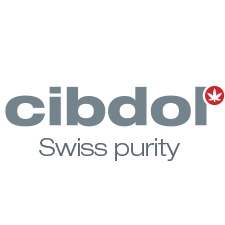CBG And CBD: What's The Difference?
Published:

Sometimes the most minor of molecules are the ones with the greatest impact. Such appears to be the case with CBG—the “first” cannabinoid that develops in cannabis. This seemingly insignificant cannabinoid is actually responsible for the creation of CBD, THC, and other cannabinoids catching the attention of scientists and consumers the world over.
Usually found in concentrations of
Below, we’ll take a closer look at CBG and the role it plays in the production of other cannabinoids. We’ll also explore its unique effects on the body, and how it differs from other hemp-derived cannabinoids.
What is CBG?
CBG, or cannabigerol, is a phytocannabinoid. Unlike endocannabinoids, which are produced by the body, phytocannabinoids are sourced from plants like cannabis. CBG is what's known as a non-intoxicating cannabinoid—it doesn’t get you high.
CBG: a not-so-minor cannabinoid
By the time cannabis is harvested, dried, and processed, it usually contains only trace amounts of CBG (below 1%). Hence, it is generally labelled a “minor” cannabinoid.
However, CBG—or rather, its acidic form, CBGA—is actually the first cannabinoid acid to develop in the cannabis plant. As such, it is sometimes referred to as the “stem cell” of cannabis. It is found in its highest concentrations in flowering cannabis plants. The acidic form is simply CBG with an extra carboxyl group—the “A”.
As plants continue to grow, enzymes convert CBGA into either THCA (tetrahydrocannabinolic acid), CBDA (cannabidiolic acid), or CBCA (cannabichromenic acid).
Following harvest, plants are usually dried and processed. The heat or UV light used in these scenarios breaks down these acidic cannabinoids into their non-acidic counterparts, such as THC, CBD, and CBC. This phenomenon is known as decarboxylation—the removal of a carboxyl group.
Decarboxylation also produces many other cannabinoids (at least 100), all of which originally stem from CBGA.
Most of the cannabis strains on today’s market are bred to be high in THC and/or CBD; and the more THC or CBD present in a plant sample, the less CBG. Hence, strains usually contain only small amounts of CBG.
However, some breeders are experimenting with crossbreeding, genetic manipulation, and even unique harvesting patterns to create strains that contain higher levels of this cannabinoid.
Bedrocan BV Medical Cannabis in the Netherlands, for example, has began harvesting some of its plants earlier to create a final product with higher levels of CBG.
What are the effects of CBG?
As we mentioned earlier, CBG is a non-intoxicating cannabinoid. Therefore, it does not interact with the endocannabinoid system in a way that interrupts mental faculties. However, just like any other cannabinoid, CBG does interact with the endocannabinoid system in a variety of ways.
CBG has been shown to increase appetite in two rat-based studies conducted by researchers at the University of Reading (UK) in 2016 and 2017.
Some studies also suggest that CBG may inhibit the growth of some tumours, while others show it may have neuroprotective effects. A 2014 study published in the PLoS One medical journal also claims that some CBG-derived products could suppress the body’s immune response.
Dr Bonni Goldstein, a medical doctor specialising in medicinal cannabis, claims that CBG can inhibit GABA neurotransmission in the brain, as well as affect pain, inflammation, and more.
“When GABA [uptake] is inhibited, you actually have muscle relaxation and you have anti-anxiety effects, so it [CBG] appears to promote similar effects that CBD has. It also appears to have antidepressant and some modest antifungal properties” said Goldstein in a video for WeedMaps.
In 2013, researchers from the Department of Pharmacy at the University of Naples Federico II (Italy) tested the effects of CBG on an experimental model of Inflammatory Bowel Disease (IBD). The researchers found that CBG has potential anti-inflammatory and antioxidant properties.
Unfortunately, because CBG has been overshadowed by cannabinoids THC and CBD, not a lot of research has gone into fully understanding this cannabinoid and its effects. However, that is slowly changing as people begin to realise the potential and importance of this compound.
What are the differences between CBD and CBG?
Despite originating from CBGA, CBD is completely distinct from CBG in both chemical structure and concentration within cannabis plants.
Because it is only found in trace amounts in dried plant material, it is only recently that manufacturers have begun to focus more attention on optimising CBG levels in products like CBD oils, supplements, and salves. It’s clear that CBG is an essential cannabinoid, but it’s yet unclear exactly how to use it to our benefit.
CBG in Cibdol products
All Cibdol products are made using the full spectrum of compounds found in non-psychoactive hemp plants. That means our oils, creams, and supplements all contain a balanced mix of non-psychoactive cannabinoids, terpenes, and more; this includes CBG.
However, remember that as CBD levels in a plant increase, CBG levels automatically drop. Seeing as our products are made using CBD-rich hemp extracts, CBG concentrations in our products are low, at least for the time being.







